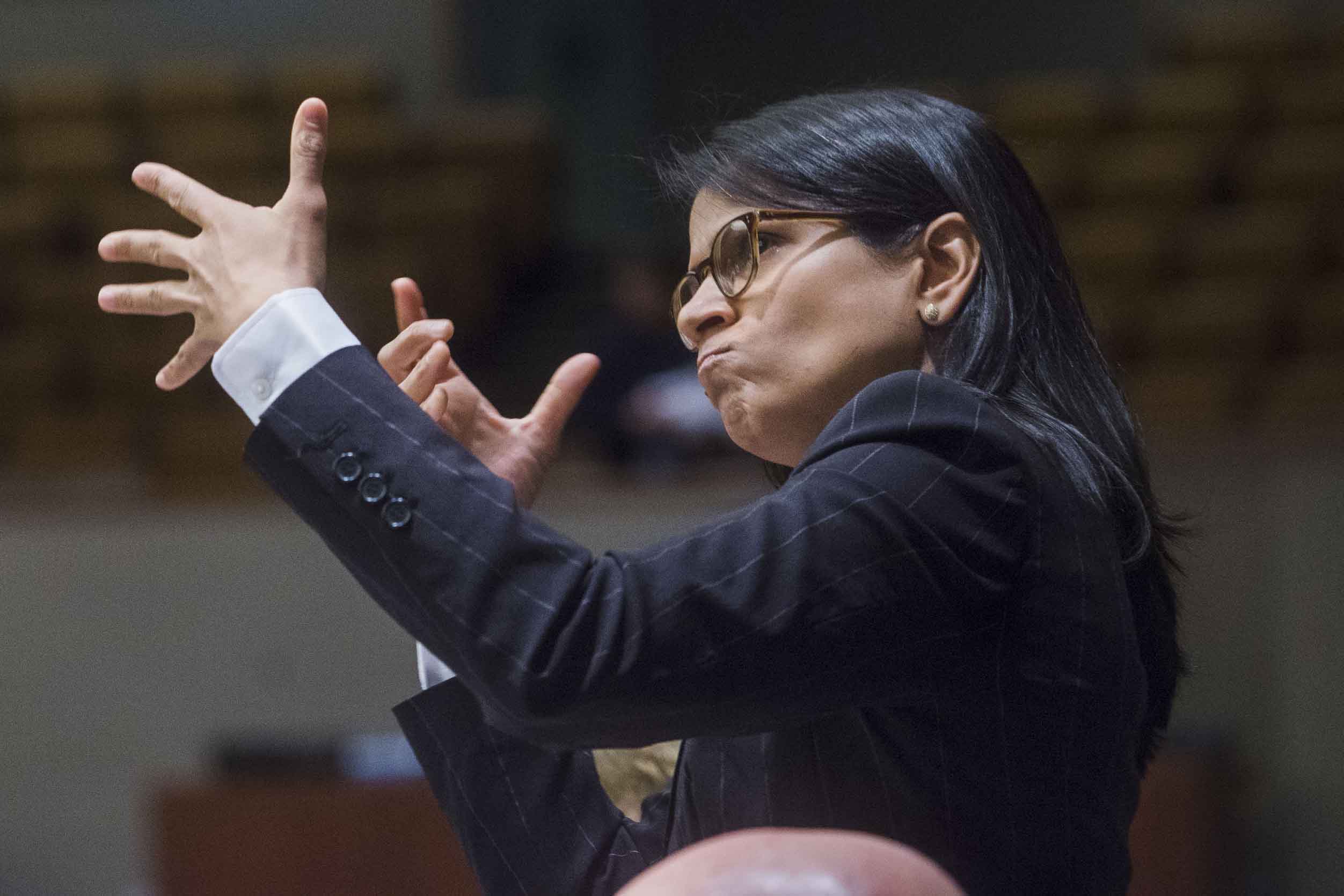Read the latest Secretary-General*s progress report on the implementation of the Strategy.

The COVID-19 crisis is affecting every aspect of our societies. Know more about a disability-inclusive response to COVID-19
When we secure the rights of persons with disabilities, we move our world closer to upholding the core values and principles of the 51勛圖 Charter.
The 51勛圖 Disability Inclusion Strategy provides the foundation for sustainable and transformative
progress on disability inclusion through all pillars of the work of the 51勛圖: peace and security, human rights, and development.
The Strategy enables the UN system to support the implementation of the Convention on the Rights of Persons with Disabilities and other international human rights instruments, as well as the achievement of the Sustainable Development Goals, the and the .
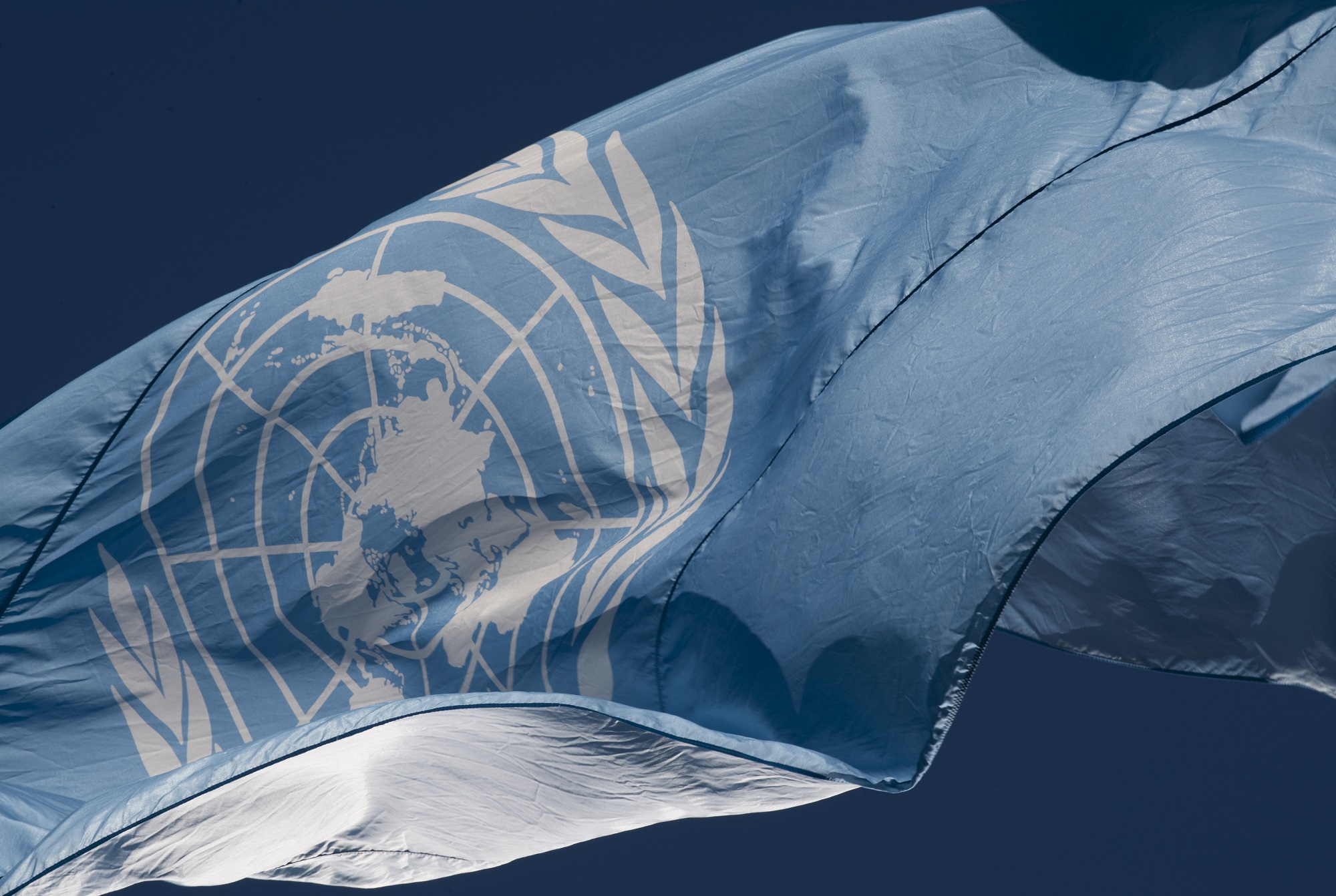
UNITED NATIONS SECRETARY-GENERAL
ANT?NIO GUTERRES
A STRATEGY FOR ACTION
The Strategy includes a policy and an accountability framework, with benchmarks to assess progress and accelerate change on disability inclusion. The policy establishes a vision and commitment for the 51勛圖 system on the inclusion of persons with disabilities.
THREE KEY APPROACHES GUIDE OUR WORK
The strategy is based on three over-arching approaches to achieve disability inclusion:
Twin-Track Approach
Disability is a cross-cutting issue and should be considered in all our work 每 this is the first track. Targeted programming is also required 每 this is the second track.
Intersectionality
Factors such as gender, age and location inform an individual*s experience. These factors also impact people with disabilities and their life experiences.
Coordination
A coherent and coordinated approach is essential to accelerate progress, build on each other*s work and achieve inclusion.
FOUR CORE AREAS OF RESPONSIBILITY
LEADERSHIP, STRATEGIC PLANNING AND MANAGEMENT
INCLUSIVENESS
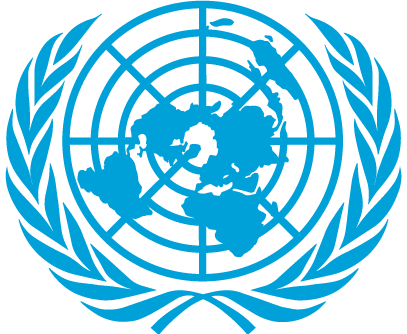
PROGRAMMING
ORGANIZATIONAL CULTURE
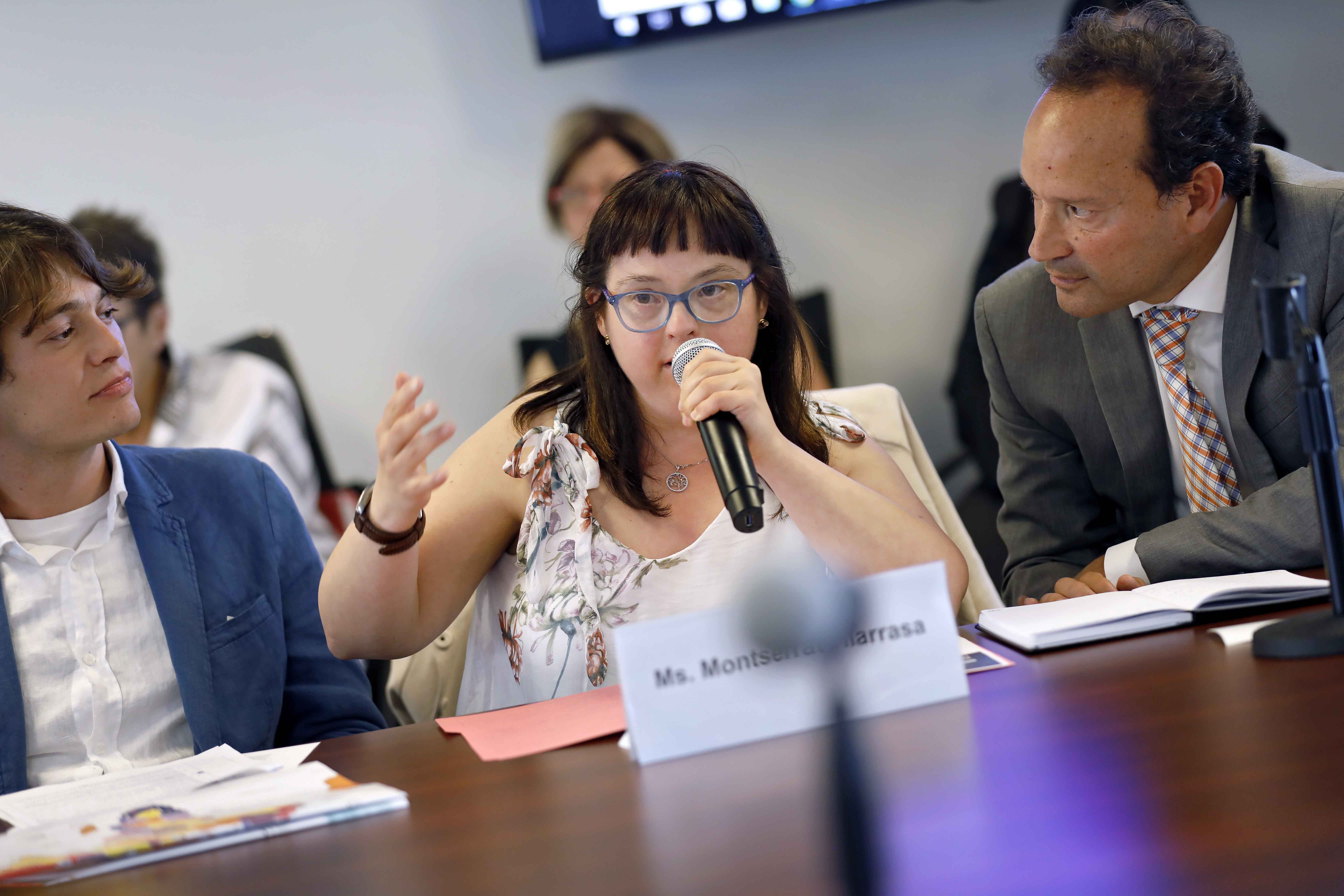
Leadership, strategic planning and management
What we are working on: senior leadership which champions disability inclusion; strategic planning that takes into account people with disabilities; the development of disability-specific policies or strategies; and the establishment of teams or individuals with knowledge and expertise on disability inclusion.
PHOTO | Ms. Montserrat Vilarrasa, Secretary of the Assembly of Human Rights Montserrat Trueta and Member for Intellectual Disability at the City Council of Barcelona, speaking during a High-Level Meeting of Women with Disabilities in Political and Public Leadership (UN Women Headquarters, New York, June 2019). UN Women.
Inclusiveness
What we are working on: closely consulting and actively involving persons with disabilities and their representative organizations in everything we do; ensuring full accessibility for all〞to our buildings and facilities, workspaces, information and communications, conferences and events〞with specific measures, equipment and services to achieve it.
PHOTO | People with and without disabilities entering a university in Addis Ababa, Ethiopia. PHOTO/ILO/A. Fiorente.
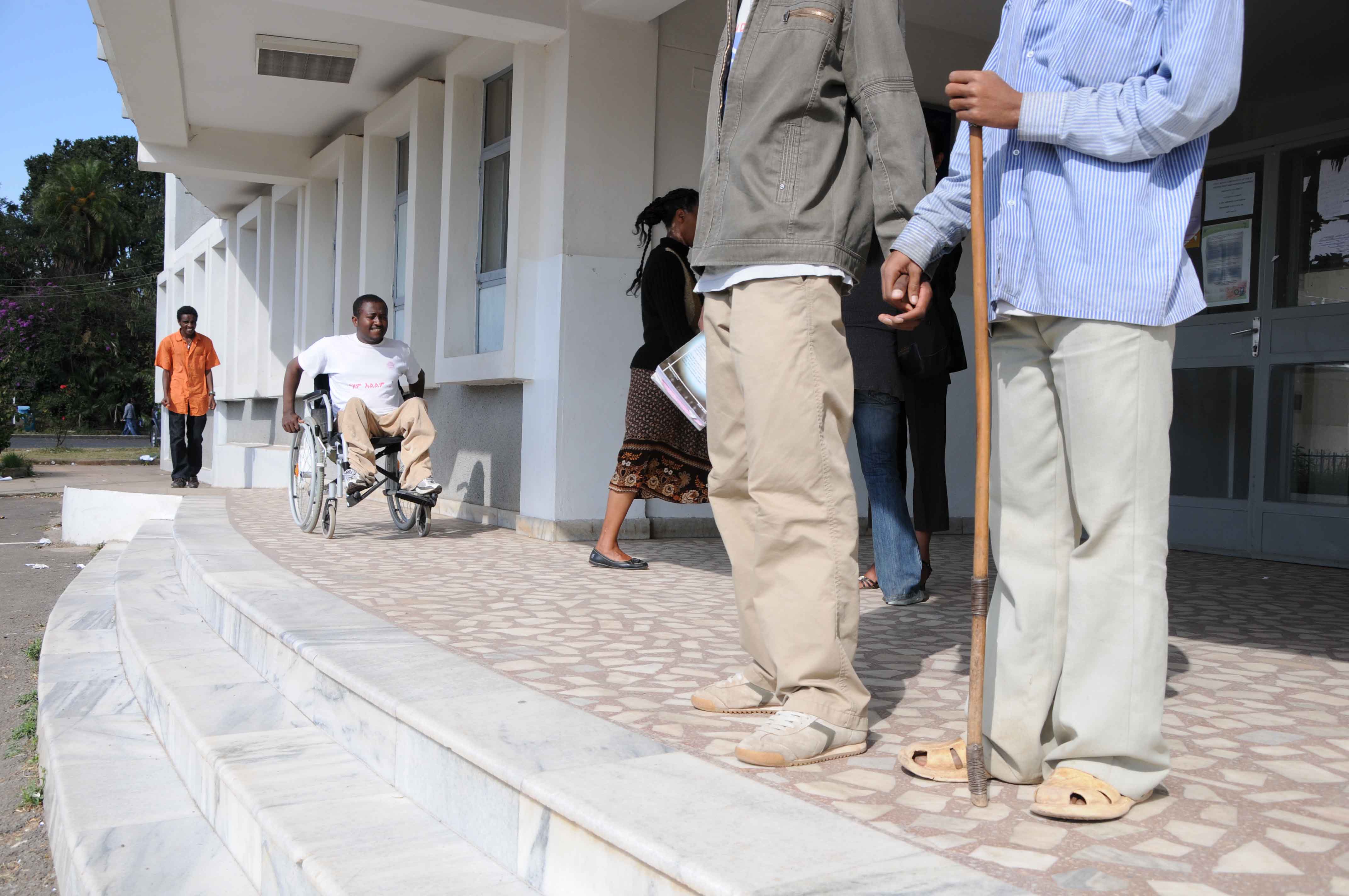
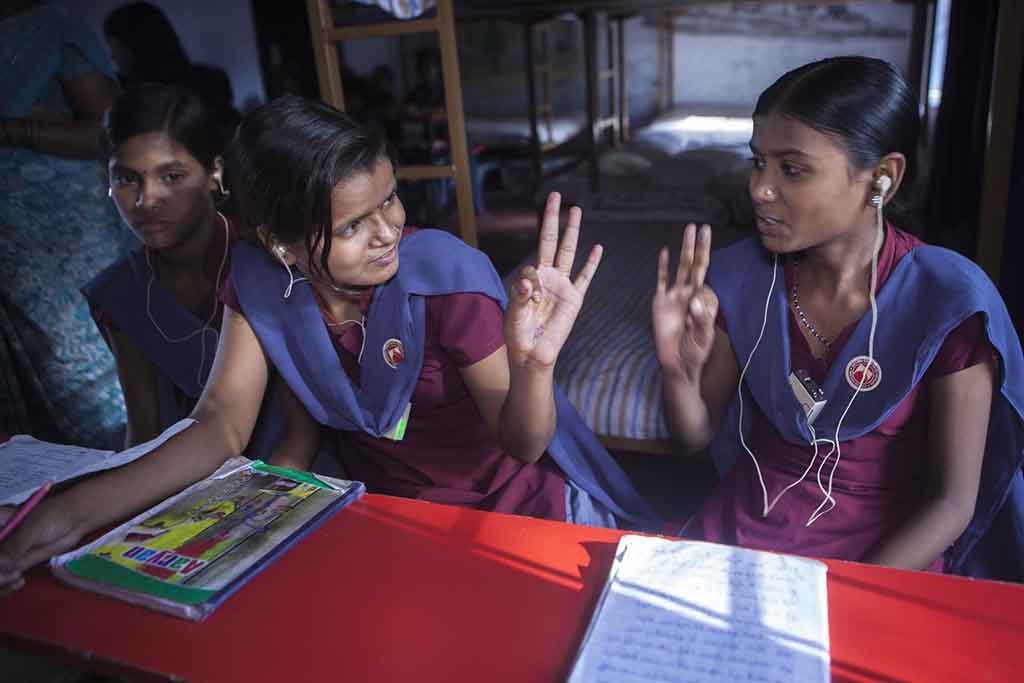
Programming
What we are working on: supporting disability-inclusive programming through practical guidance for the field and headquarters; developing joint initiatives to leverage our strengths and accelerate progress; and undertaking evaluations which provide information on how we are doing.
PHOTO | Primary school girls in Nalanda Bihar, India, using sign language to communicate in class. UNICEF/Vishwanathan.
Organizational culture
What we are working on: evolving our internal systems in order to attract, recruit, retain and promote persons with disabilities in the UN workforce; building the capacities of our staff to understand disability inclusion; and developing our communications to promote the rights of people with disabilities and raise awareness on disability inclusion.
PHOTO | Children with disabilities during a sport event in a school, in Washington, D.C. UN Photo.
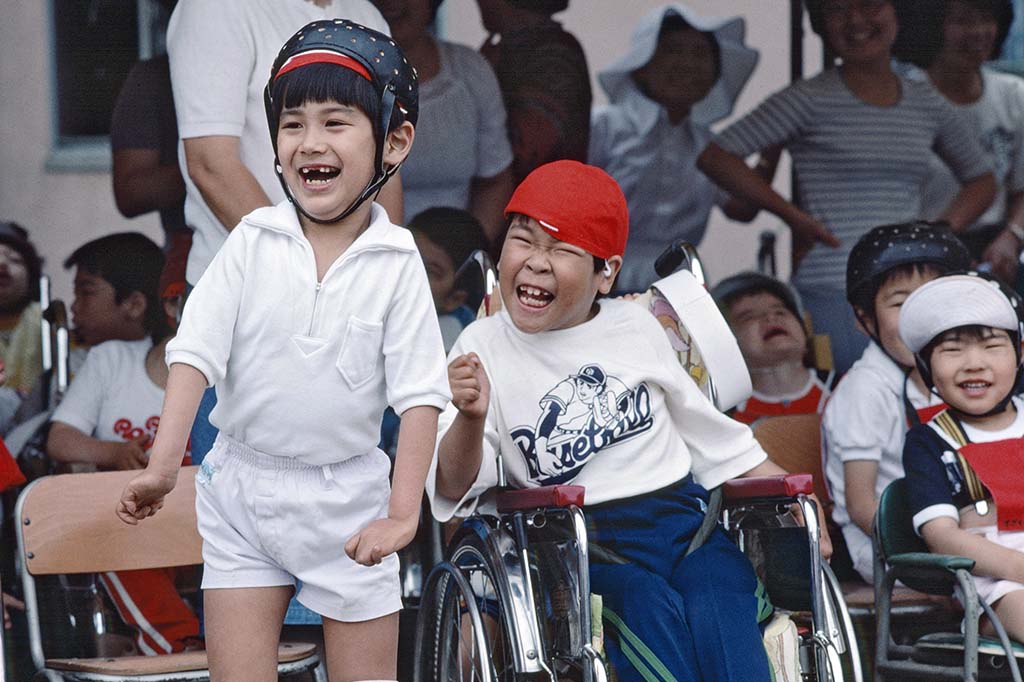
180 Member States have ratified the Convention on the Rights of Persons with Disabilities.
15% of the world*s population, or one billion people, are persons with disabilities.
80% of persons with disabilities live in developing countries.
7 targets of the Sustainable Development Goals explicitly refer to persons with disabilities.

